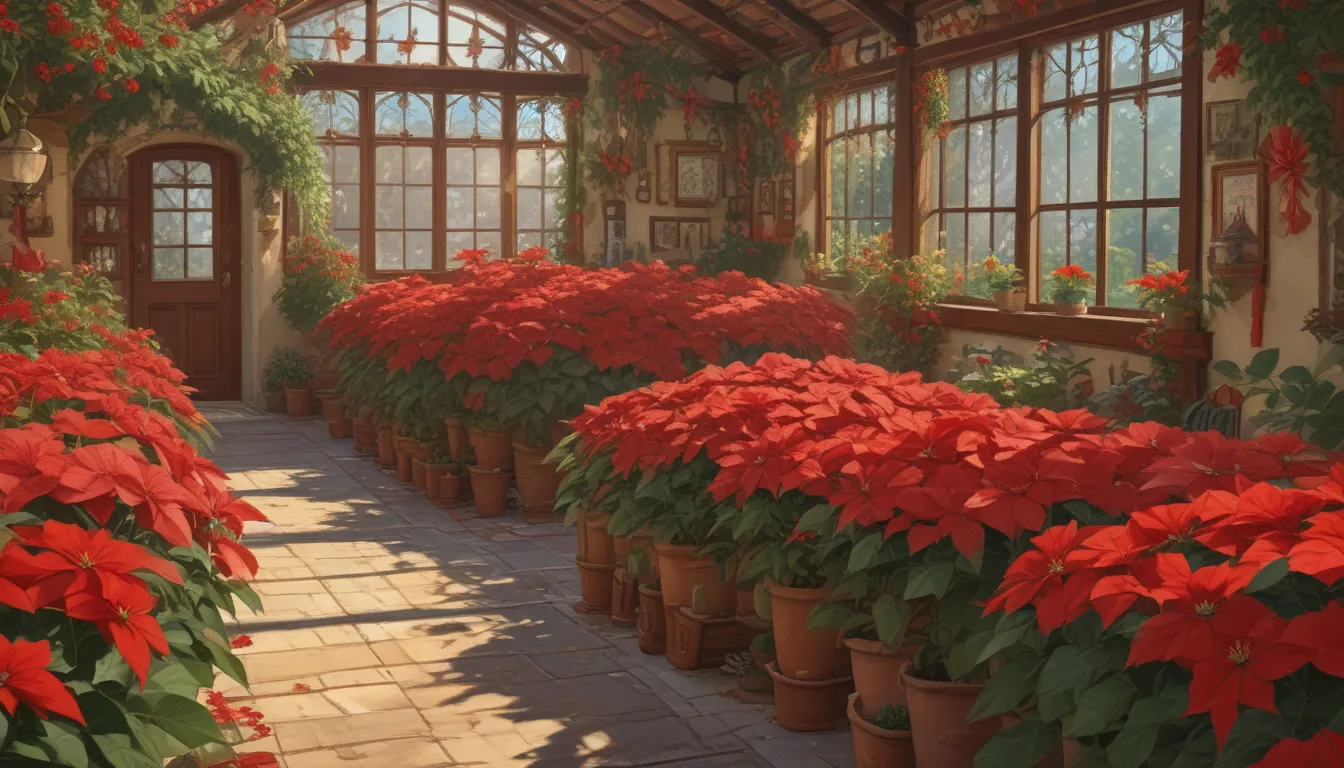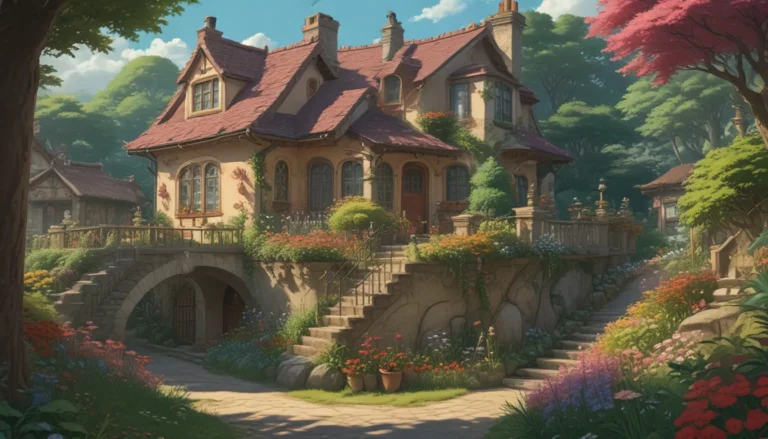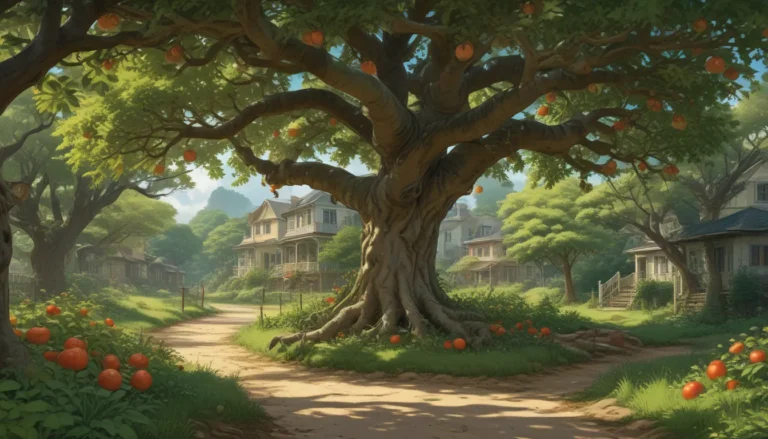A Comprehensive Guide to Caring for Poinsettias Beyond the Holiday Season

Are you looking to extend the life of your holiday poinsettias (Euphorbia pulcherrima) beyond the festive season and into the rest of the year? Contrary to popular belief, poinsettias do not naturally perish after the holidays. Instead, they enter a dormancy period that often leads us to think that they are dying. But with the right care and attention, you can keep these stunning plants flourishing as houseplants for months to come.
What You’ll Learn
- Poinsettia Expectations Through the Seasons – Winter Care
- Choosing a Healthy Plant
- Creating the Right Environment
- Watering Requirements
- Dormancy
- Spring Care
- Regrowth
- Maintaining a Compact Shape
- Summer Care
- Pruning
- Fall Care
- Bring Back the Color
Poinsettia Expectations Throughout the Seasons
To maintain the vibrant colors of your poinsettias year after year, it’s crucial to understand their natural habitat and growing conditions. Native to dry forests in southern Mexico and northern Guatemala, poinsettias thrive in warm, humid environments with well-draining soil. Mimicking these conditions in your home will ensure the plant’s longevity and continued color display.
Poinsettias rely on shortening daylight hours to trigger their colorful bract display. Replicating these natural conditions by providing long nights in your home will encourage the plant to bloom year after year.
Winter Care
When you first bring a poinsettia into your home, it’s likely at the peak of its colorful display, ready to brighten up your living space. With proper care, these plants can maintain their color for up to three months, providing long-lasting beauty throughout the winter season.
Choosing a Healthy Plant
Selecting a healthy poinsettia is the first step in ensuring its longevity as a houseplant. Look for plants with lush, dark green foliage, fully opened bracts with natural coloring, flexible stems, and no signs of wilting or yellowing leaves. Avoid poinsettias that have been artificially painted or dyed, as they may not produce colorful bracts in the following year.
Creating the Right Environment
Protect your poinsettia from cold temperatures during transportation and ensure it receives ample sunlight once it reaches your home. Remove any wrapping material around the plant, as it can hinder growth and lead to premature aging. Maintain a stable temperature between 67-70°F during the day and 60-62°F at night, avoiding drafty areas or extreme temperature fluctuations.
Watering Requirements
Monitor your poinsettia’s soil moisture daily and water when the surface feels dry to the touch. Allow excess water to drain from the pot to prevent waterlogging, which can lead to root rot. Mist your plant daily to provide the humidity it craves, but refrain from fertilizing during the blooming period.
Dormancy
As winter transitions into spring, your poinsettia may enter a dormant phase characterized by yellowing leaves and reduced growth. Gradually decrease watering frequency to prepare the plant for dormancy, ensuring the soil dries out before the plant enters a resting state. Store the plant in a cool, indirect light location, watering sparingly to prevent shriveling.
Spring Care
As daylight hours increase and temperatures rise, your poinsettia will emerge from dormancy and begin regrowth. Resuming a regular watering schedule, repotting as needed, and fertilizing every three weeks will encourage healthy growth and abundant foliage.
Regrowth
Stimulate new growth by watering your poinsettia regularly and repotting it if rootbound. Use a well-draining potting mix and fertilize with a balanced liquid fertilizer to support healthy development. Prune back overgrown stems to maintain a compact shape and promote bushy growth.
Maintaining a Compact Shape
Trim back your poinsettia to a height of 6 inches to encourage a more compact, bushy appearance. Pruning above a leaf node will promote side branching and prevent leggy growth. Remember to wear protective gloves when handling poinsettias, as the sap may cause skin irritation in some individuals.
Summer Care
During the summer months, allow your poinsettia to thrive in a bright, partially shaded location with consistent watering and fertilization. Prune back overgrown stems to maintain a desired shape and encourage healthy growth. Monitor for signs of pests or disease, addressing any issues promptly to ensure plant health.
Pruning
Regular pruning is essential to maintain a bushy, compact appearance in poinsettias. Trim back stems above leaf nodes to promote branching and prevent leggy growth. Avoid excessive pruning in the fall, as the plant will transition into flowering mode and produce colorful bracts.
Fall Care
As autumn approaches, prepare your poinsettia for the holiday season by providing the dark period it needs to produce vibrant bracts. Cover the plant with an opaque container each evening to simulate long nights and encourage colorful display. Monitor nighttime temperatures and ensure the plant receives bright, indirect light during the day to support healthy growth.
Bring Back the Color
To achieve vibrant bracts for the holidays, expose your poinsettia to long, dark nights for approximately 10 weeks leading up to December. Maintain a consistent routine of light and darkness to stimulate bract development and coloration. Once the leaves begin to display vivid hues, reintroduce the plant to its usual lighting conditions and enjoy the festive display.
By following these seasonal care tips, you can transform your holiday poinsettia into a thriving houseplant that continues to brighten your home throughout the year. With the right attention to detail and dedication, your poinsettia can become a long-lasting, cherished addition to your indoor garden.
Are you ready to embark on the journey of caring for your poinsettia beyond the holiday season? Share your plans and experiences in the comments below and let us know how you’re enjoying this beautiful plant year-round. For more information on poinsettia care, check out our comprehensive growing guide.





